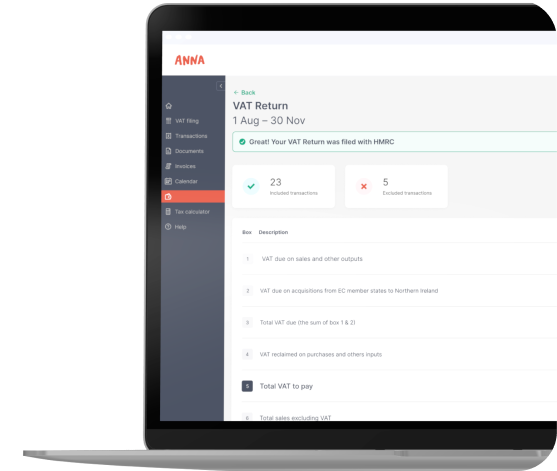VAT on Popcorn
Puffed up popcorn is considered a luxury and taxed at 20%, while the microwavable version is exempt.
VAT on Gingerbread
A gingerbread with chocolate belt will be charged 20%, while the one with chocolate eyes only is exempt.
VAT on Biscuits
Biscuits covered with chocolate are taxed at the standard 20% rate; however, if they are filled with chocolate, they are exempt.
VAT on Pets
Pets are taxed at the standard rate, unless it is a rabbit, which is considered a food item and therefore is exempt.
Value Added Tax
was first introduced in France in 1954 and made its first appearance in the UK on 1 April 1973.
UK VAT rate
was initially set at 10% and has gradually increased over the years, rising to 20% in 2011, and it has remained at that level ever since.
Charging VAT
is one of the requirements of being an EU member, and no country was allowed to charge a standard rate below 15% until December 2015.
Hungary
Hungary has the highest rate globally at 27%, followed by Iceland at 25.5%. Countries without this tax include the Bahamas, Hong Kong, Saudi Arabia, and Qatar.
60 to 160
In the tax year 2022/23 UK VAT receipts were nearly £160 billion. In 2000/01 VAT receipts were just £60 billion.
Businesses in the UK
don’t need to register for VAT if their taxable turnover is under £90,000 per year.
Zero rate VAT
products in the UK include: children’s clothes, most food, books and prescription medicine. Other exempt items include museum admissions, antiques and postal services.
Pastygate
In 2012, the government’s proposal to tax hot takeaway food brought widespread disapproval, so they backed down and the tax status of pasties remained unchanged.
VAT victories
Jaffa Cakes and Tunnock’s Snowballs are just two of the brands that have fought and won tax cases, successfully proving their products are cakes (exempt) and not biscuits (standard-rated).
VAT fails
Innocent insisted their smoothies were actually ‘liquefied fruit salad’, and Lucozade claimed their energy drinks were ‘functional food’. Both lost their cases for tax exemption.



